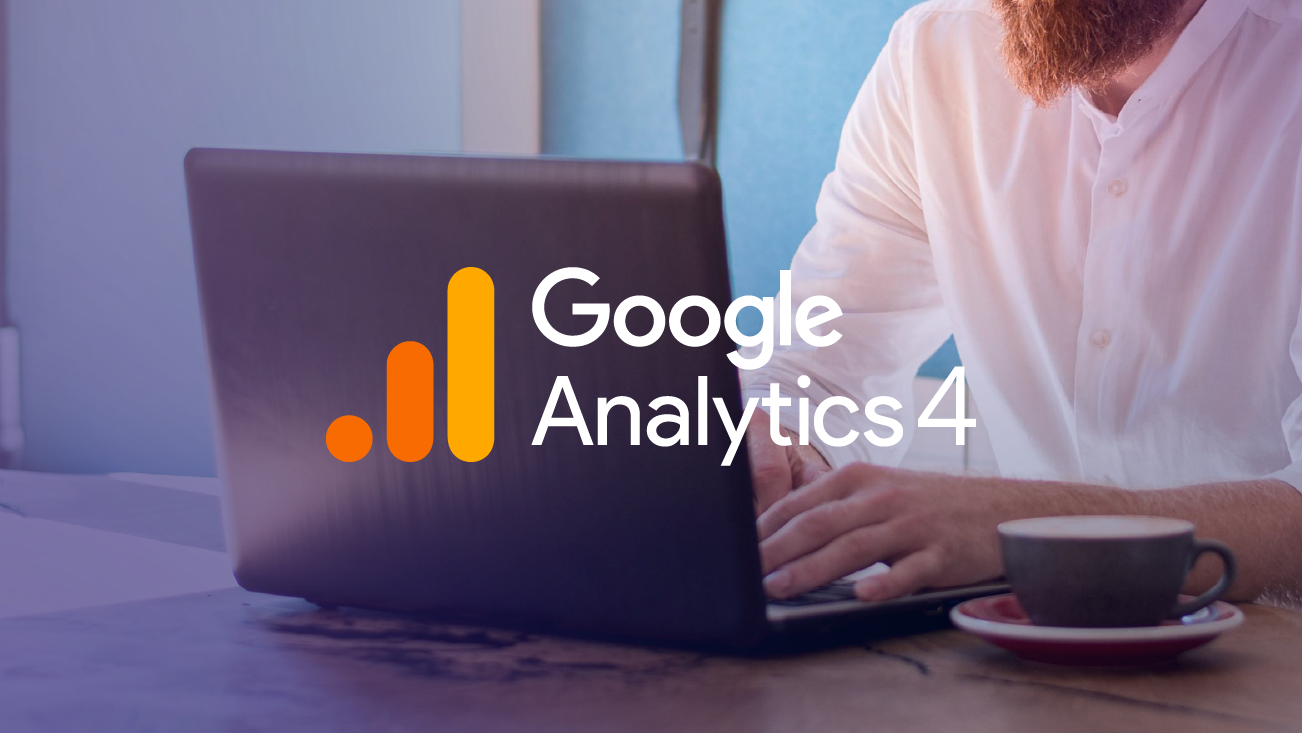A Short Story About Web Analytics And Conversion
One of my loyal readers wrote me earlier this week. She has a professional services firm, and was using her website to create sales. Trouble was, the sales were few and far between, despite decent traffic. The conversion rate was about .3%. She asked for an analysis of her site.
Before I looked at her analytics, I made two important observations. 1) Her home page didn’t seem to reflect what her company did and 2) This was a scenario (professional services) where the customer usually likes to say, “I’m interested, tell me more,” but she was asking them to say, “I’m interested, I’m ready to buy.”
Then I looked at her analytics. This is what I wrote to her:
I am not sure that I am right about your home page [needing to be revised]. You have a somewhat high bounce rate — 44% of the people who enter on that page turn around and leave before
looking at another page. But it is not awful compared to other pages that I work with… Furthermore, the average customer spends 1:26 minutes on Home, which means that some customers spend significantly longer (after all, you have to have some people spending a lot more time to balance out the ones who turn around and leave within 5 seconds.) Also, [your most important referrer] shows a screenshot of your home page – if you change your page, that will be disorienting to those visitors…But I think I am right about your ordering page, although it is hard to know if the issue is the length of the form or the fact that they have to actual order. While 8% of your visitors get to that page, only a tiny percentage push the submit button. About a third of them leave at that point, and the other two thirds poke around your site before leaving…
I suggested that next to the “Order now!” form, she create a shorter, “I’m interested” form.
She thanked me very profusely, but I wasn’t sure that I would hear from her again. Then I got this email:
Robbin,
I just wanted to say THANK YOU! I implemented your advice about having a separate contact form two days ago.Since then we have had [a number of] companies inquire about our services and partnerships.
So once again, I learned that intuition and analytics have to work together. On the one hand, it’s not good enough to think we (you and I) know the answer, it needs to be backed up with the analytics. On this case, I called one of them correctly and one of them wrong (a good batting average for baseball but perhaps not wonderful in the world of web analysis). On the other hand, analytics create a lot of data, so without best practices and intuition, and of course, key performance indicators, increasing conversion can sometimes be like finding a needle in a haystack.
Robbin
LunaMetrics


